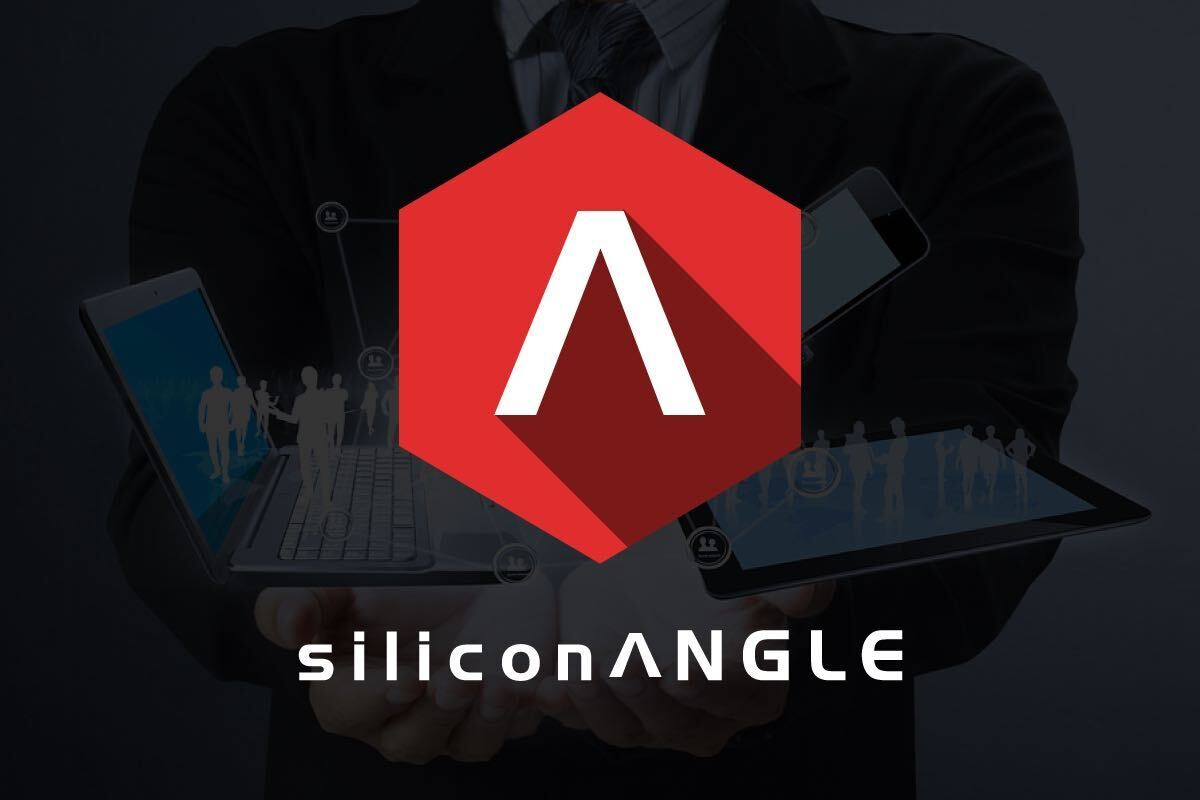


![]() Tony Asaro, a longtime industry analyst and the founding CEO of INI Group, appeared on theCUBE at the recently concluded Virtual Technology Users Group (VTUG) Winter Warmer summit to discuss the changing dynamics of enterprise IT with Wikibon’s Dave Vellante and Stu Miniman.
Tony Asaro, a longtime industry analyst and the founding CEO of INI Group, appeared on theCUBE at the recently concluded Virtual Technology Users Group (VTUG) Winter Warmer summit to discuss the changing dynamics of enterprise IT with Wikibon’s Dave Vellante and Stu Miniman.
Cloud computing is the first item on the agenda. Asaro reports that about a third of the participants in his session, held just a few hours prior to the interview, admitted they regard the trend as a threat to their jobs. This fear, which he considers unfounded because – as he puts it – “there’s always room for IT professionals inside of organizations,” is a stumbling block to the adoption of new technologies. He advises practitioners to avoid falling behind the curve and “lead on the cloud” even if they have their doubts.
“Cloud can play a significant role in your environments without incurring [major] capital costs. Look, the reason why virtualization took off is because it actually increased our efficiency and cloud can do the same thing. So it’s not an all or nothing proposition,” Asaro explains. This approach can also prove helpful in combating the growing phenomenon of shadow IT: companies must be willing to embrace the best tool for the job in order to detect and manage the use of unauthorized applications.
Flash is another trend that Asaro is tracking. He says that the technology, once at the base of the storage food chain, is starting to be recognized as a means of removing traditional bottlenecks in the enterprise data center. Even the big vendors are catching on: EMC acquired solid-state array maker ExtremeIO, IBM bought out Texas Memory Systems and HP is taking a hybrid approach with its 3PAR lineup.
It’s clear that flash is poised to reshape the storage landscape, but the extent of this disruption is up for debate. Asaro believes that after gobbling up yesterday’s innovators – notably 3PAR, Isilon, EqualLogic and Compellent – the industry incumbents aren’t in a hurry to make more multi-billion dollar investments. As a result, emerging players will have plenty of room to grow.
“I do think that these new guys do have some value over the 20 plus year [old] architectures that some of the leaders have, and that’s why it will be relevant. As to whether there exists will turn into acquisitions, [it] remains to be seen, because I think that a lot of the big, large storage OEMs have made their bets, and I don’t know many more bets they’re gonna make,” Asaro says. He doesn’t rule out the possibility of an acquisition-proof flash vendor emerging in the foreseeable future.
Over on the software-led infrastructure front, he sees the need to diversify beyond hypervisors and into logical partitioning at the CPU level, functionality that is already available with mainframes. He explains that certain mission-critical applications, especially performance-intensive workloads, are often managed inefficiently to avoid virtualization tax, an issue that could be effectively addressed by giving admins the ability to “carve up” processors.
Tomorrow’s software-defined data center will not only make better use of computational resources, but also reduce latency and improve response times by decoupling transport capacity from the underlying hardware. Asaro estimates that software-defined networking will take at least 2-3 years to enter the enterprise mainstream, and envisions a future in which all data will flow directly from one server and another.
Support our mission to keep content open and free by engaging with theCUBE community. Join theCUBE’s Alumni Trust Network, where technology leaders connect, share intelligence and create opportunities.
Founded by tech visionaries John Furrier and Dave Vellante, SiliconANGLE Media has built a dynamic ecosystem of industry-leading digital media brands that reach 15+ million elite tech professionals. Our new proprietary theCUBE AI Video Cloud is breaking ground in audience interaction, leveraging theCUBEai.com neural network to help technology companies make data-driven decisions and stay at the forefront of industry conversations.